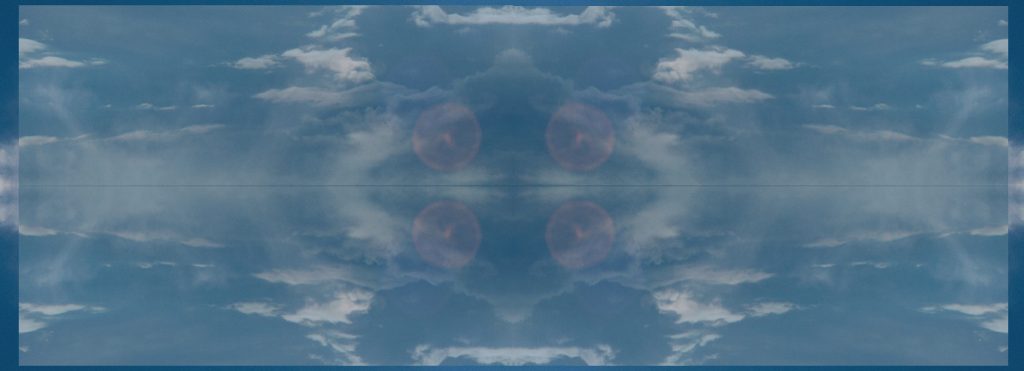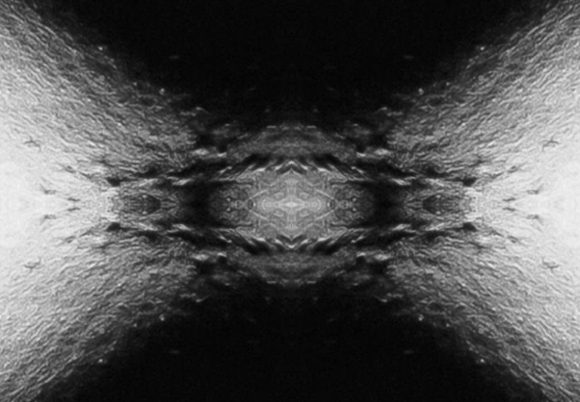Dreams may be the via regia to the unconscious: Freud said so, and Jung, too, insisted that the analysis of dreams would allow both analyst and analysand to observe what went on with the unconscious psyche (cf. e.g. GW VII §§209-210). Writing forth the metaphor, we might say that, if dreams are the via regia, then synchronicities are a small, winding mountain path which may or may not lead somewhere; if it does, it may get you to the other side of the mountain somehow, but certainly not straight across.

Dreams seem more obviously the road to take, because we all know the experience of dreaming (though there is much variation in how much much people remember from their dreams, and what they are prepared to make of them). In contrast, synchronicities appear less frequently. That, however, may just be an artifact of how little attention we pay to them. After all, many people claim to “never have dreams”, too; or if they say they do, they quickly forget them once they wake up from them. Only when we start to pay closer attention and record dream contents in a journal, we usually end up remembering three to four dreams every night, and in much detail. There is a similar effect with synchronicities: when we start observing them, we tend to see them everywhere.
That should not surprise us. Obviously, when that happens, nothing changes in the coincidences themselves; what changes is the number of conincidences we perceive as meaningful. It is a form of selective perception: a more familiar example of which is when you are just carrying yourself with the plan of buying a car — one of a particular make and color — and now suddenly start seeing cars of that make and color everywhere. It’s unlikely that anything has changed in the stream of cars you objectively encounter, however. The only thing that has changed is your direction of attention: you now take notice of that sort of car whenever you see it.
We might describe this somewhat more mystically by saying that “the unconscious” now has become aware that this car model is particularly meaningful to you, and directs your attention there. For this newly emerged focus is not something you consciously do: you’re not going out with the intention to monitor the cars on the street, picking out the brand you’re interested in. That is a spontaneous phenomenon: you don’t direct your attention consciously, it is pulled to these cars by the unconscious. What makes this description more mystically-sounding, of course, is the notion of “the unconscious”, which appears personified (as someone, or something, that “notices” things and “directs” your attention — i.e., a psychological agent). If instead we were to use the language of empirical psychology and cognitive science, we would avoid the mysticism and subjectivity of the formulation. Yet we still would have to record and cite the mystically-sounding language as descriptive of how it appears from the point of view, subjectively, of the person who tries to make sense of it — an instance of what in cognitive science, following Daniel Dennett, is referred to as “heterophenomenology”. The subject experiences a quasi-autonomous force that guides their attention to some degree, and might describe that as “the unconscious steers my attention to cars of the make and color I’m interested in buying”, whereas the cognitive scientist may coordinate this with valences of perceptions etc. Both descriptions in tandem help us understand what it means for a subject to have such experiences, without loading our scientific ontology with unnecessary players such as “the unconscious”.
What the example of selective attention to car models shows is not a change in the external world, but a psychological change: a reconfiguration of priorities in our processes of perception. And similarly with synchronicities: when we start observing them with some dedication, the unconscious processes that direct our perceptions in everyday life begin to get trained towards noticing coincidences and relating them in “meaningful” ways, thus generating the experience of synchronicities.
What, then, if our intake of synchronicities were to become just as rich as that from dreams, given we started monitoring and recording them? Perhaps even so dreams may seem closer to the unconscious than synchronicities: they occur when the conscious ego sleeps, whereas synchronicities happen as an overlay with what is otherwise our waking life, the external world as consciously perceived (and acted in). During waking life, we can’t afford to switch off consciousness to the degree we do when we are sleeping. Therefore, we cannot let the unconscious take control to the same degree. And thus, we get products less clearly originating in the unconscious, and more constrained by the laws of the day world.
Or that’s how it appears. But even that may become less obvious on reflection. After all, dreams depend for much of their materials on intake from the day world, too. And while they are more free in the ways they transform these materials, that very procedure also means that more work needs to be done here, and perhaps there are heavier losses of information as a consequence. Perhaps the coincidences we interpret as meaningful are in some sense more directly and strongly products of the unconscious than dreams are, because these perceptions are fresh and direct, rather than retrieved from and transformed out of the pool of yesterday’s memories.
Of course, we could decide which is the case only if we know how the unconscious actually works. (And we don’t.) But at least we should not unquestioningly assume that dreams are the most informative thing to observe if we are interested in the products of the unconscious. Perhaps they are, but perhaps not. The best way to proceed, then, it seems to me, is to not prematurely exclude some ways, just because they have traditionally been considered less accessible. If anything, it would be good to make them equally accessible, in order to be in a position to decide on a more informed basis.



